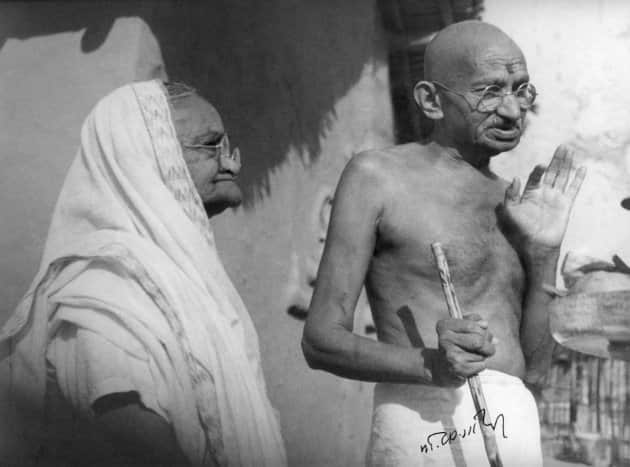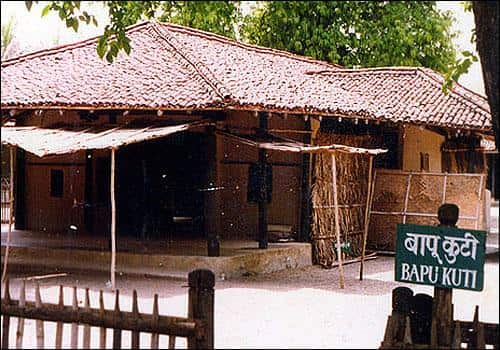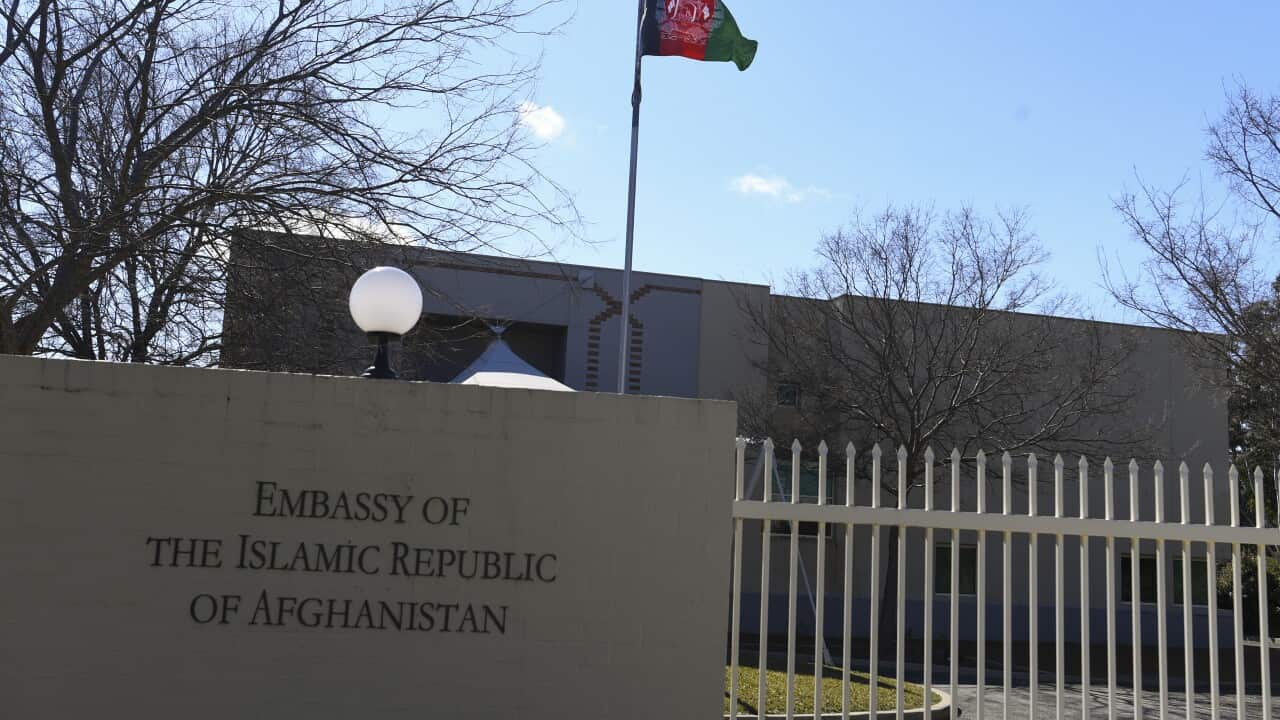In 1930, when Gandhiji started his padayatra from Sabarmati Ashram to Dandi for the Salt Satyagraha, he declared that he will not return to Sabarmati till independence for India was attained. Independence was not attained and Gandhiji was jailed for more than two years.
Independence was not attained and Gandhiji was jailed for more than two years.

Mohandas Karamchand Gandhi with his wife Kasturba Gandhi Source: Getty Images
On his release, he decided to make a small village 8 km from Wardha town and 75 km from Nagpur in Maharashtra, his headquarters.
In 1936, at the invitation of industrialist Jamnalal Bajaj, Gandhiji established his ashram at the village Shegaon, which he renamed in 1940s as ‘Sevagram’ ('village of service').  To know more about the significance of Sevagram Ashram and Gandhiji’s ideology in present day Indian universities, we talk to Navneet Kumar a PhD researcher at Mahatma Gandhi Antarrashtriya Hindi Vishwavidyalaya.
To know more about the significance of Sevagram Ashram and Gandhiji’s ideology in present day Indian universities, we talk to Navneet Kumar a PhD researcher at Mahatma Gandhi Antarrashtriya Hindi Vishwavidyalaya.

Bapu Kuti at Sevagram Ashram Source: Sevagram Ashram
Watch video here:




